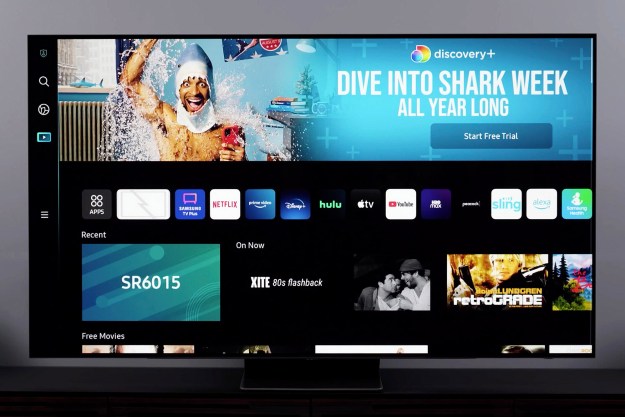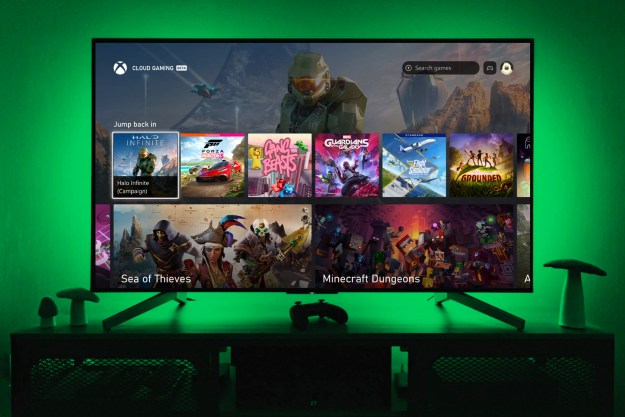LG was the first to go this route with WebOS in 2014, and now Samsung is following suit in 2015 with Tizen OS. Tizen, which has struggled to find a suitable home in smart phones and smart watches, looks like it belongs in Samsung’s smart TVs. Similar in many ways to LG’s WebOS, Tizen OS doesn’t just grant access to apps and games (though it certainly does that) but it serves as the TV’s operating system, too, giving the user quick access to TV settings, control over connected components like cable boxes, and customized screens that put the user’s most oft-used channels and apps within quick reach.
We were able to spend some time looking at Samsung’s Tizen-based smart TVs at CES 2015, but it wasn’t until a Samsung SUHD TV event held at the historic Rainbow Room in New York that we got a chance to go hands-on and learn what the system felt like. Now that we’ve had a chance to have a go at it, we think Tizen has finally found a home that suits its abilities.
Working within Tizen requires the use of a motion-activated remote control. The simplified pod works much like a Nintendo Wii controller or LG’s Magic Motion remote, with one key difference: In order to activate an on-screen cursor, you must lightly touch a motion control button. You mustn’t press too hard (that action performs a “select” or “OK” function) but a light touch will bring up a motion-controlled cursor with which you can point-and-click, and drag-and-drop your way through the interface.
Tizen, places a row of “cards” or “tiles” along the bottom of the TV screen for quick access to recently used apps and channels, a Web browser, and a search feature. Up top, Tizen places all of the TVs various inputs just a click away.
Though a switch in operating system required some quick action by app developers, it appears Samsung’s smart TVs come ready with the most popular apps, including 4K-capable Netflix, Hulu Plus, Amazon Prime Instant Video, YouTube, and Pandora. We were told by a Samsung representative that more Tizen-friendly versions of Samsung’s extensive selection of apps are being made available all the time.
Have a look at what Tizen looks like in our video above, then tell us what you think in the comments section. Does Tizen OS make you more excited to use a smart TV? How do you think it stacks up against WebOS? Are you excited by the idea that Firefox will soon power Panasonic’s TVs? We look forward to hearing from you, and to a year of far-less-frustrating smart-TV testing.
Editors' Recommendations
- Samsung unveils pricing and preorder details for its 2024 OLED TVs
- LG’s $100 webcam lets its newest TVs do video calls and more
- Samsung confirms its 2023 QD-OLED TVs start at just $1,900, are available now
- Samsung shows off the first two 77-inch QD-OLED 4K TVs at CES 2023
- Samsung’s CES 2023 TVs get thinner, brighter, healthier, and better for gaming




